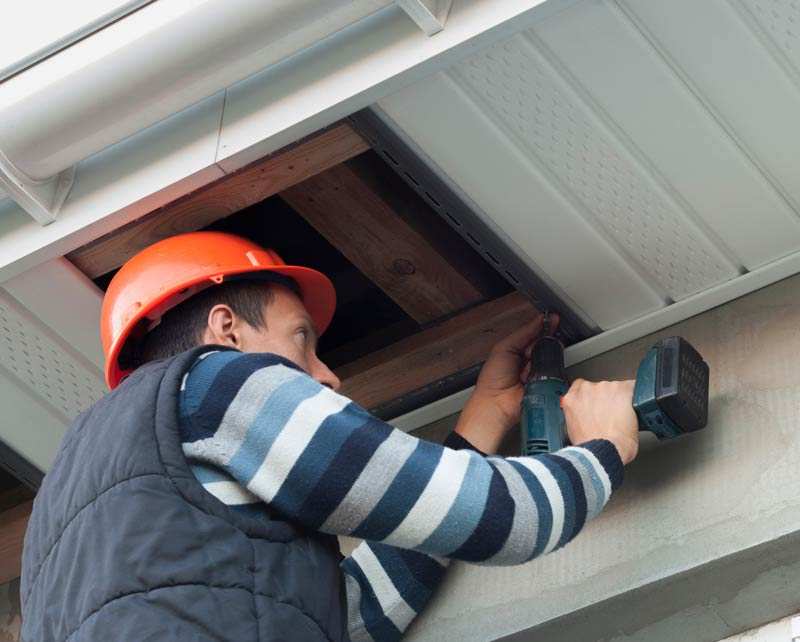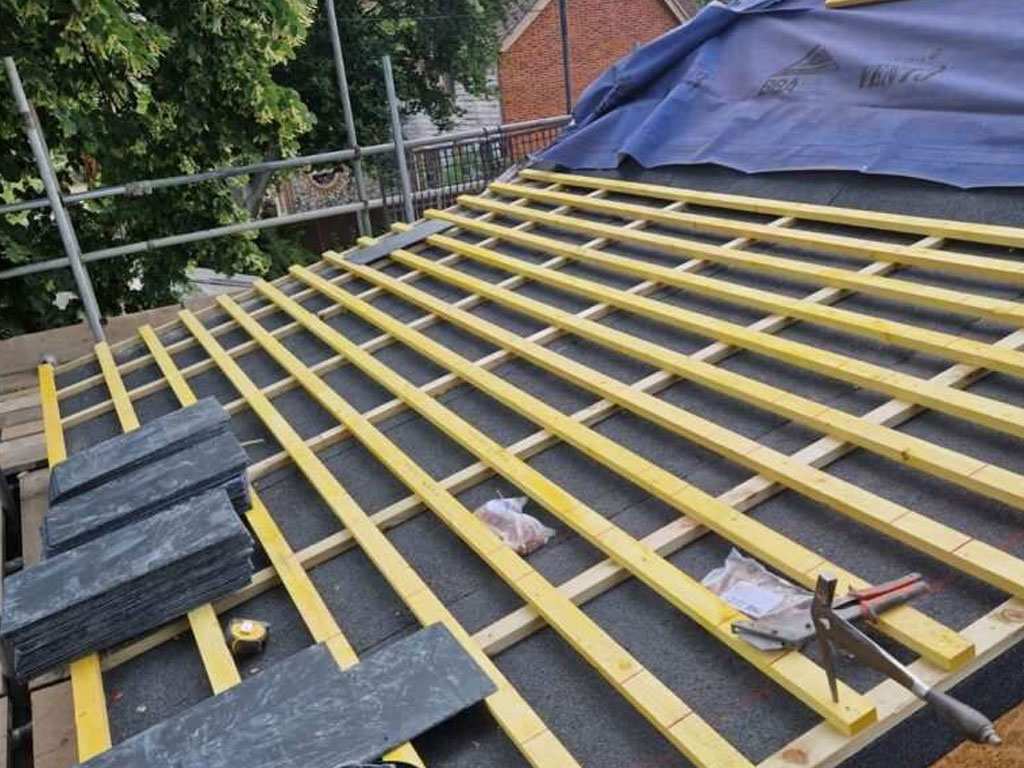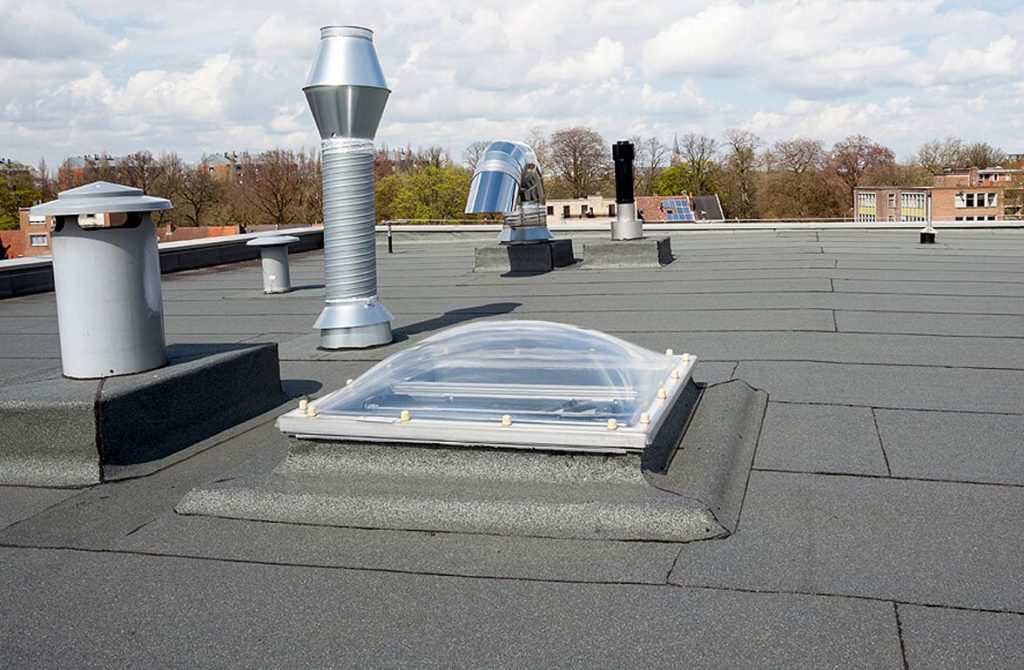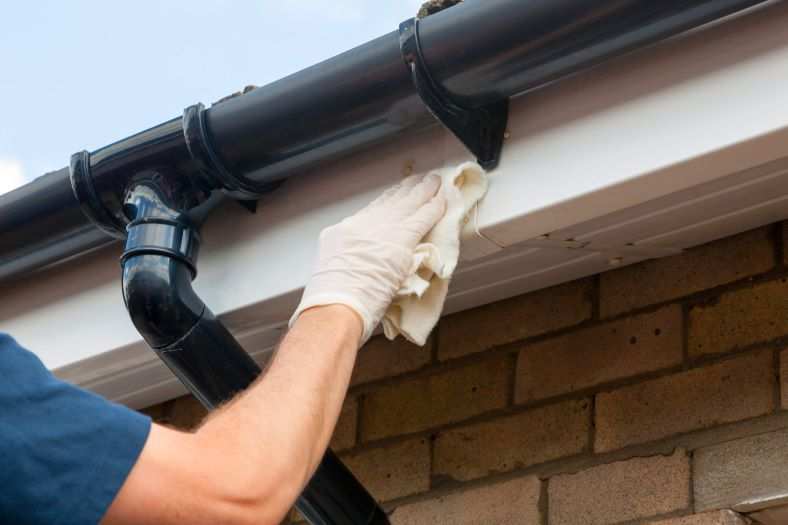Introduction: What is Roofing Felt?
Roofing felt, often referred to as tar paper or underlayment, is a water-resistant layer installed between the roof deck and the roof tiles. This barrier is generally made from either natural materials such as rag fibre or synthetic ones such as fibreglass or polyester, both of which are saturated with asphalt or bitumen for increased water resistance.
The Role of Roofing Felt Under Tiles
Roofing felt serves as a critical second line of defence against moisture, preventing water from reaching the roof deck should it bypass the roof tiles. In addition to its moisture protection role, it also provides a smooth, flat surface for the roof tiles to be laid upon, thereby aiding in the creation of a neat and uniform appearance. Roofing felt also serves to protect the roof deck during construction, and in some cases, can enhance the fire resistance of the roof.
Factors Affecting the Lifespan of Roofing Felt
The lifespan of roofing felt under tiles can vary greatly and is influenced by several factors.
Quality of Materials
The quality of the roofing felt itself is a significant factor. High-quality felt, especially those made from synthetic materials, tends to last longer than its lower-quality counterparts.
Installation Process
Proper installation is crucial to the longevity of roofing felt. Poor installation can lead to premature degradation. For instance, if the felt is not laid flat or if it is punctured during installation, it may not provide the intended level of protection, thereby reducing its lifespan.
Climate and Weather Conditions
Roofing felt is designed to withstand the elements, but harsh weather conditions can accelerate its wear and tear. Areas with frequent heavy rain, snow, or high winds can put extra strain on the felt, potentially reducing its lifespan.
Maintenance and Inspection
Regular roof inspections and proper maintenance can help prolong the lifespan of roofing felt. Identifying and rectifying issues early, such as damaged tiles that could allow water to reach the felt, can help to prevent premature degradation.
Average Lifespan of Roofing Felt Under Tiles
Given ideal conditions and assuming high-quality materials and proper installation, roofing felt under tiles can last anywhere from 20 to 30 years. However, it’s important to note that this is an approximation, and actual lifespans can vary based on the factors previously mentioned.
Also, while the felt may technically last this long, it’s generally a good idea to replace it when replacing the roof tiles. Since tiles typically need replacing every 15 to 25 years, this often means replacing the felt at the same time.
Tips for Maximising the Lifespan
To maximise the lifespan of your roofing felt, consider the following tips:
Use High-Quality Materials
Investing in high-quality roofing felt can pay off in the long run, as better-quality materials tend to last longer.
Hire a Professional for the Installation
Professional roofers have the experience and skills to install roofing felt properly, which can help ensure its longevity.
Regular Inspections
Regular roof inspections can help identify potential issues early. Look for signs of wear or damage in the tiles, which could allow water to reach the felt.
Proper Ventilation
Ensuring your roof is properly ventilated can help prevent heat and moisture build-up, which can damage the roofing felt over time.
Conclusion
Roofing felt plays a crucial role in protecting your home from water damage. While it’s designed to last for several decades, its actual lifespan can be influenced by numerous factors, including the quality of materials, installation process, and local weather conditions.
By choosing high-quality materials, ensuring proper installation, and performing regular roof maintenance and inspections, you can help to maximise the lifespan of your roofing felt. However, it is essential to remember that despite its long potential lifespan, roofing felt is not designed to be a permanent solution and will need replacing periodically.
Moreover, always consider the lifespan of your roofing felt in relation to the other components of your roof. While the felt may still be functional, other aspects of the roof, such as the tiles or flashing, may need replacing sooner. In these cases, it is often practical to replace the roofing felt at the same time to ensure the overall integrity and longevity of your roof.
Finally, while some homeowners might feel confident in tackling roofing projects on their own, the installation of roofing felt is a task often best left to professionals. They not only have the necessary skills and experience but also the appropriate safety equipment to carry out the job correctly and safely. Hiring a professional roofer may represent an upfront cost, but it’s an investment that can pay off in the long run through increased durability and longevity of your roof.







